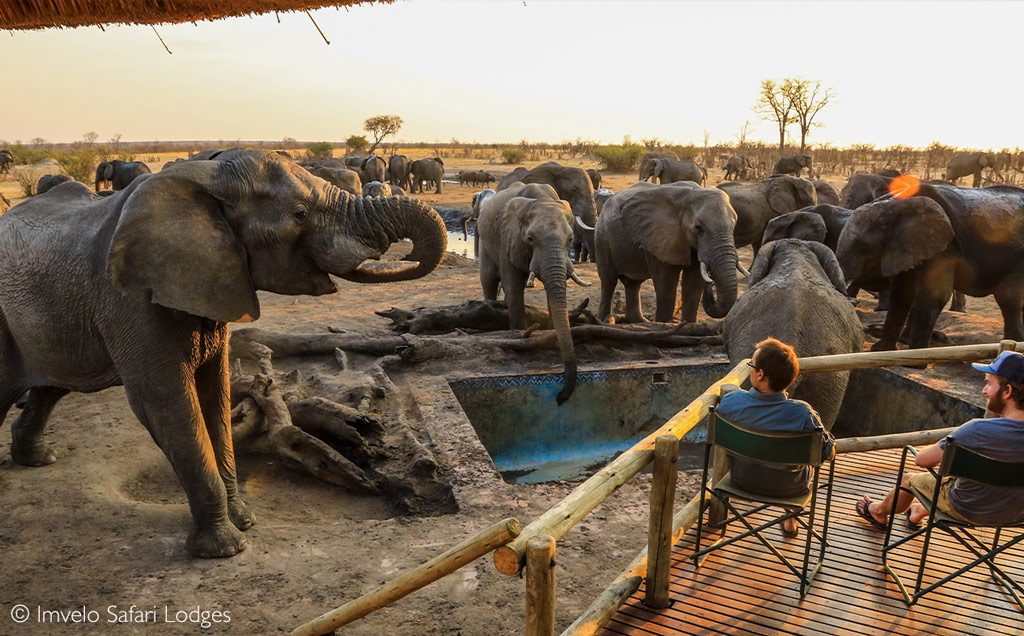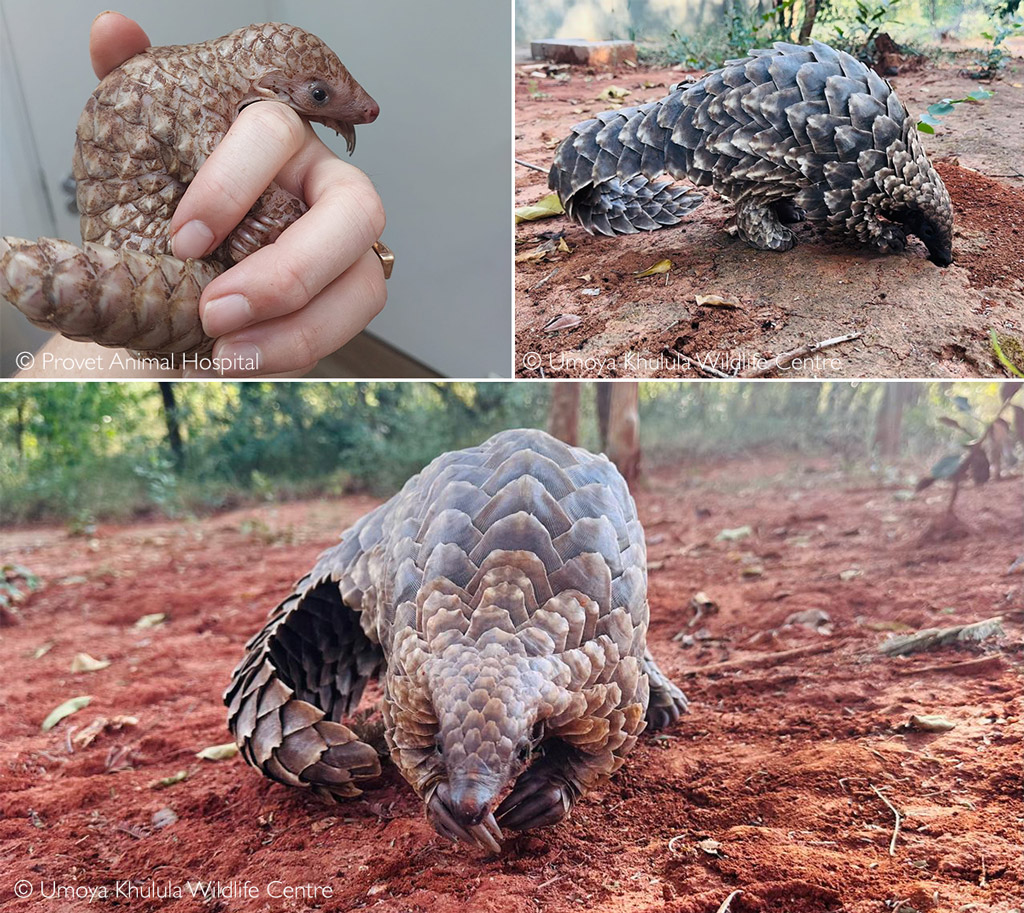
This is a copy of our weekly email newsletter. Subscribe here to receive the newsletter.
The truth about KAZA’s elephants + mesmerising pics

I have an amusing gorilla story for you. Many years ago, I was relaxing on the verandah of a chalet in Uganda’s Bwindi Impenetrable National Park, having just spent an epic morning birding this avian treasure trove. My lodge of choice was a few hundred meters from Bwindi’s gorilla-trekking centre in Buhoma – the starting point for all hikes in this area. Gorilla treks can last up to six or eight hours and take you deep into the forested hills.
Lo and behold, a family of mountain gorillas emerged from the dense undergrowth, ambled towards me, and settled about 10m away. This was a welcome bonus to an already superb day because normally, you have to pay a gorilla-trekking fee and hike for hours. Yet here they were at my chalet!
The cherry on top was when a party of eight tourists arrived with their guides. This was the culmination of their gorilla trekking in Bwindi. So they settled in a few meters away to enjoy their 60 minutes of gorilla time while I, feet up on my verandah, sipped my delicious African tea and nibbled on freshly baked ginger biscuits, pretending all the while that this was not absolutely hilarious!

Simon Espley – CEO, Africa Geographic
From our Editor – Taryn van Jaarsveld

Who wants to live forever?
In this week’s Photographer of the Year gallery, you will find a striking image of an ancient welwitschia captured by Wiktoria West. Like baobabs and cycads, welwitschias can live to well over 1000 years old. But did you know that there are some animals on earth that can outlive these plants, and some that can even live forever? Forget 120-year-old crocodiles, 200-year-old bowhead whales and 500-year-old clams: coral-like glass sponges can live in the deep ocean for 10,000+ years.
But, there is a group of small aquatic invertebrates, known as hydras, that have the potential to live forever. As hydras are made up of stem cells, they are able to regenerate through duplication, and don’t deteriorate as they age. They can also regrow lost body parts – even their heads. While the “immortal” hydras can die when eaten by predators, if able to avoid external dangers, (in theory) they can regenerate forever.
You can check out Wiktoria’s welwitschia and other mesmerising photos in this week’s gallery. And then, a new analysis of elephant population trends in KAZA (covering land in Angola, Botswana, Namibia, Zambia, and Zimbabwe) shows the impact of poaching and trophy hunting on elephants, slowed population growth, and negative population trends outside of protected areas – check out this important story below.

Story 1
https://africageographic.com/stories/photographer-of-the-year-2024-weekly-selection-week-4/
MESMERISING PHOTOS
Photographer of the Year 2024 is finally here! Check out our Week 4 gallery, and enter for a chance to win a safari and to sponsor a lion research collar
Story 2
https://africageographic.com/stories/kaza-elephants-new-analysis-adds-vital-details/
KAZA’S ELEPHANTS
New analysis of KAZA’s elephants reveals the impact of poaching & hunting, slowed population growth, & a need for improved monitoring
 TRAVEL DESK:
TRAVEL DESK:
Dreaming of your bucket-list Maasai Mara safari or longing for a magical gorilla-trekking experience in Uganda? Or better yet – why not combine the two? Check out the epic safaris below, or let our travel team help you plan your dream safari

Help save poached pangolins
Remember the pangolin brought into Provet Animal Hospital around eight months ago? She was confiscated from the illegal wildlife trade and found clutching her 230-gram newborn pup which was born prematurely.
Thanks to Provet Wildlife Services and Umoya Khulula Wildlife Centre, this pangolin pup is now a very lively and feisty teenager, weighing over 5kg.
The cost of rescuing a pangolin and hospitalising it for ONE week is about US$800 (R15,000). You can help with this process by donating and lending your support to the hard-working teams who are dedicated to saving Africa’s pangolins.
Note: all pangolins are housed at offsite locations for security reasons

 WATCH: Wouldn’t you rather be on safari? Check out this video for inspiration – and let Africa Geographic take you there with our unique, handcrafted safaris. (00:45) Click here to watch
WATCH: Wouldn’t you rather be on safari? Check out this video for inspiration – and let Africa Geographic take you there with our unique, handcrafted safaris. (00:45) Click here to watch
For more videos celebrating Africa, check out our videos here
To comment on this story: Login (or sign up) to our app here - it's a troll-free safe place 🙂.![]()






